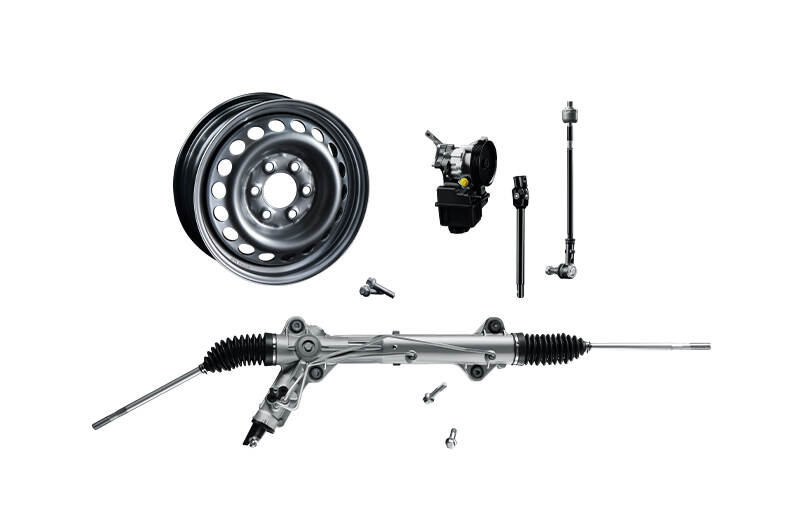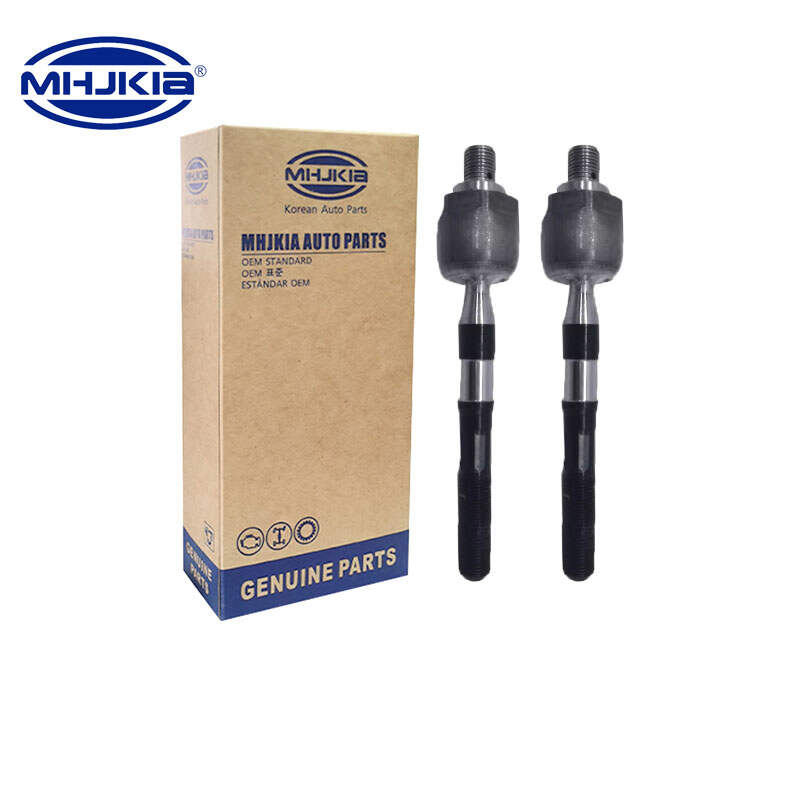Email cannot be empty
Password cannot be empty
Email format error
Email cannot be empty
Email already exists
6-20 characters(letters plus numbers only)
The password is inconsistent
Email format error
Email cannot be empty
Email does not exist
6-20 characters(letters plus numbers only)
The password is inconsistent

News
Company news and exhibition information

What Are the Critical Components of a Car Steering System?
Your vehicle's steering system directly impacts driving safety and control. Understanding its components helps prevent accidents and ensures responsive handling. This comprehensive guide breaks down every essential part of modern auto steering systems.
Why the Steering System Matters
The steering mechanism serves three vital functions:
Converts rotational wheel motion into directional changes
Absorbs road vibrations through damping components
Maintains wheel alignment for stable driving
Core Components of Modern Steering Systems
1. Steering Wheel & Column
The driver's primary control interface connects through a collapsible steel column containing:
Clock spring for airbag/horn electrical connections
Universal joints accommodating different driving positions
Lock mechanism preventing unauthorized operation
2. Rack and Pinion Assembly
This precision gear system converts rotational steering input to linear motion:
Pinion gear (15-20 teeth) meshes with rack teeth
Teflon-lined bushings reduce friction
Hydraulic chambers in power steering models
3. Power Steering Pump
Hydraulic or electric assist units reduce steering effort:
Rotary vane pumps (hydraulic systems)
ECU-controlled electric motors (EPS)
Pressure relief valves maintain optimal PSI
4. Tie Rod Assemblies
These critical linkages transfer motion from rack to wheels:
Inner tie rods with ball sockets
Outer tie rods with adjustable sleeves
Dust boots preventing contamination
5. Steering Knuckles
Forged aluminum or steel components that:
Connect suspension to steering system
House wheel bearings and ABS sensors
Provide mounting points for brake calipers
Advanced Steering Technologies
Modern systems incorporate electronic enhancements:
Electric Power Steering (EPS) with torque sensors
Active Rear Steering (ARS) for improved maneuverability
Steer-by-Wire systems eliminating mechanical links
Maintenance Tips for Optimal Performance
Extend your steering system's lifespan with these practices:
Check power steering fluid monthly (hydraulic systems)
Inspect rubber boots for cracks every 15,000 miles
Listen for whining pumps or grinding noises
Align wheels after hitting curbs or potholes
Replace fluid every 75,000 miles
When to Replace Steering Components
Watch for these warning signs:
Component Failure Symptoms Replacement Interval
Tie Rod Ends Wandering steering, uneven tire wear 80,000-120,000 miles
Power Steering Pump Groaning noises, stiff steering 100,000-150,000 miles
Rack and Pinion Fluid leaks, loose steering feel 10+ years
Conclusion: Steering System Essentials
From the steering wheel to the road wheels, each component plays a vital role in vehicle control. Regular inspections and timely replacements ensure your auto steering system delivers precise response and maximum safety. Understanding these parts helps drivers make informed maintenance decisions and recognize early warning signs of potential failures.

